
The 10 most common CPT codes (and how to use them)
Understand the ins and outs of CPT codes to help make documentation and billing more efficient — and give you more time to focus on other areas of your practice.
Feel confident about coding with accessible references.

Understand the ins and outs of CPT codes to help make documentation and billing more efficient — and give you more time to focus on other areas of your practice.
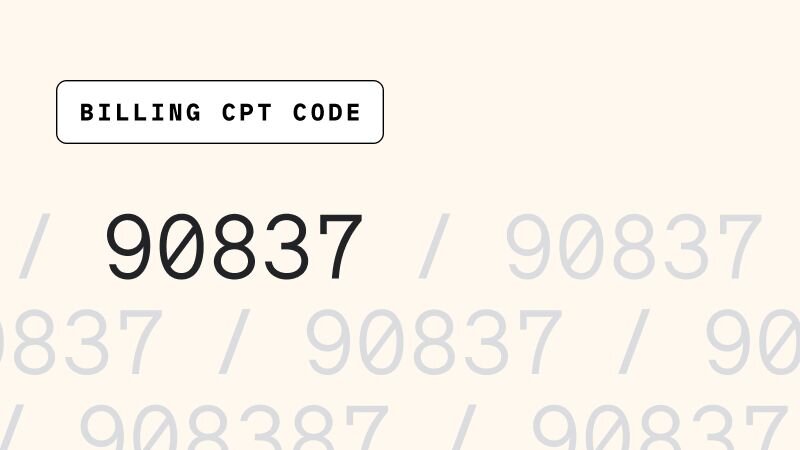
The 90837 CPT code is often understood to be the standard of a therapy session among providers. However, insurers have a tendency to flag 90837 more frequently than other codes.
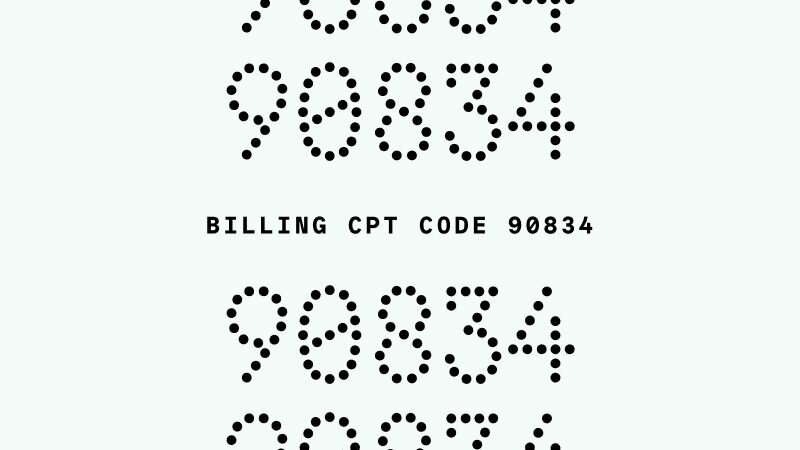
The “45 minute” session is a core element of mental health care, so it’s vital that every provider knows how to apply the 90834 code to their work.
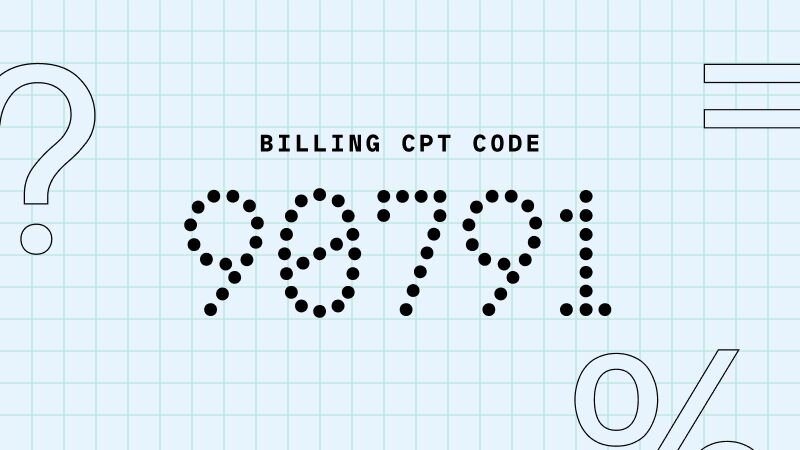
Code 90791 is officially deemed a “diagnostic evaluation,” but you might know it better as an initial assessment. It typically happens in your first session with a client.
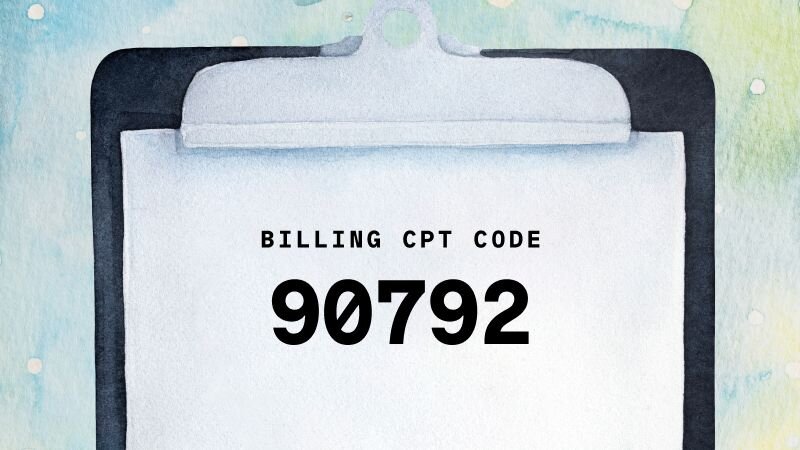
Because 90792 can only be billed by psychiatrists and nurse practitioners, it’s a less commonly used code for intake assessments, but has many of the same expectations.
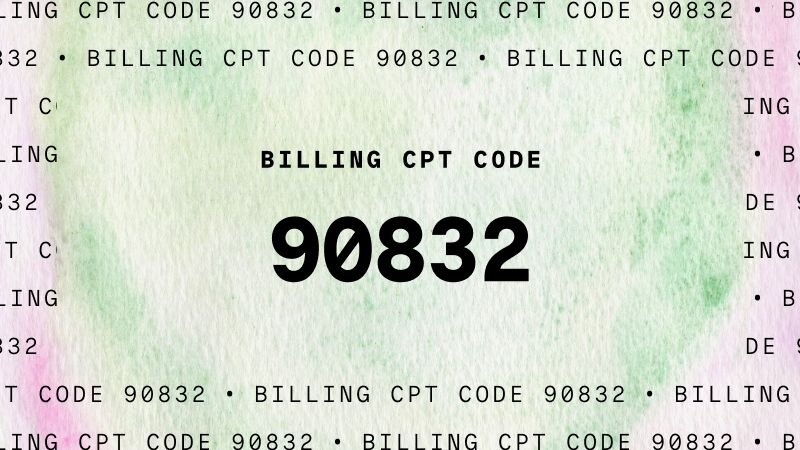
If your client demonstrates a clinical need for shorter therapy sessions — or you need to end a session earlier than planned — 90832 might be the right way to bill.
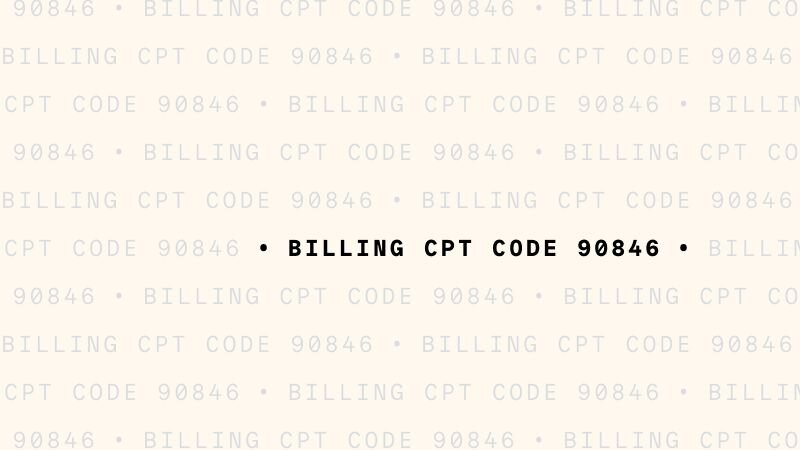
Family therapy can be a covered benefit for many care-seeking couples and households, but you should understand how to leverage code 90846 effectively for clinically-focused sessions.

Code 90847 represents a session where the identified patient actively participates, giving the provider important visibility into the ways family interactions can contribute to or alleviate a patient’s condition.

CPT code 90785 is an add-on code used to reflect communication difficulties during a psychiatric procedure, such as a psychotherapy session.
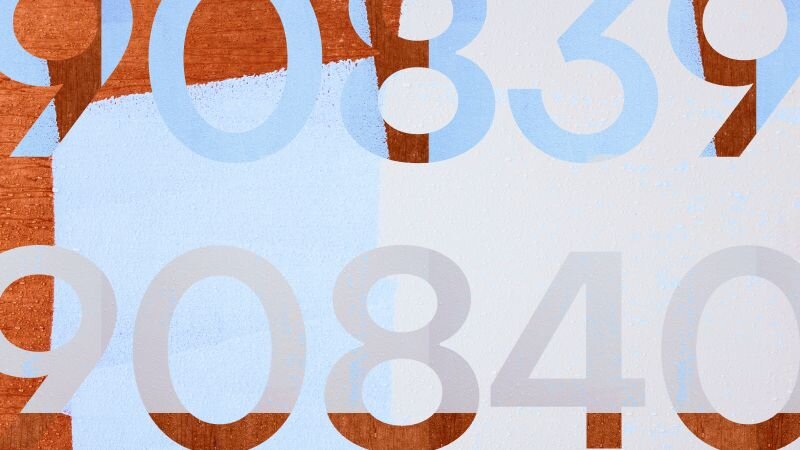
CPT codes 90839 and 90840 both reflect treatment for a crisis, but respresent different time frames.
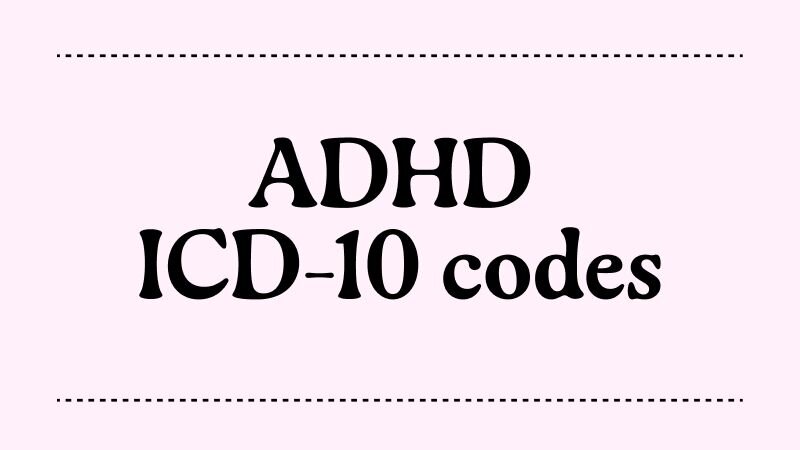
A client presenting the symptoms of ADHD will most commonly be diagnosed with a specifier code that provides detail about how their symptoms present.
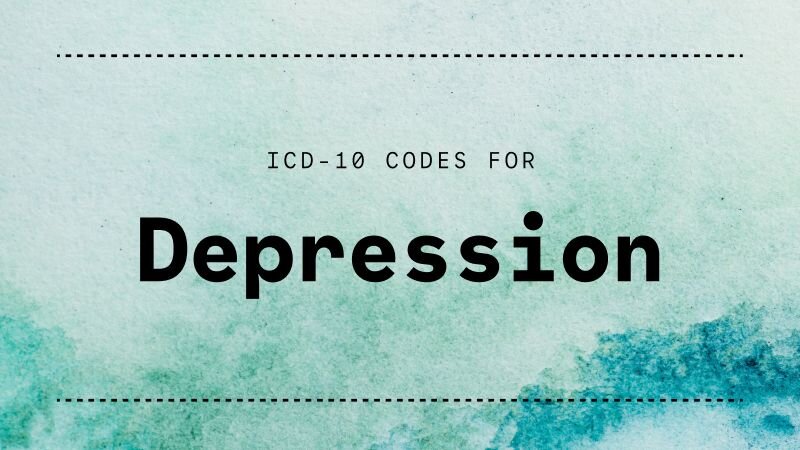
Here are some of the most common ICD-10 codes associated with depressive symptoms, with different criteria for frequency, severity, and other features.

There are many ICD-10 codes associated with anxiety disorders. Generalized Anxiety Disorder is most common, but there may be a more precise code that documents your diagnosis more effectively.

The ICD-10 includes one general code for PTSD, along with specifier codes that include a greater level of detail.
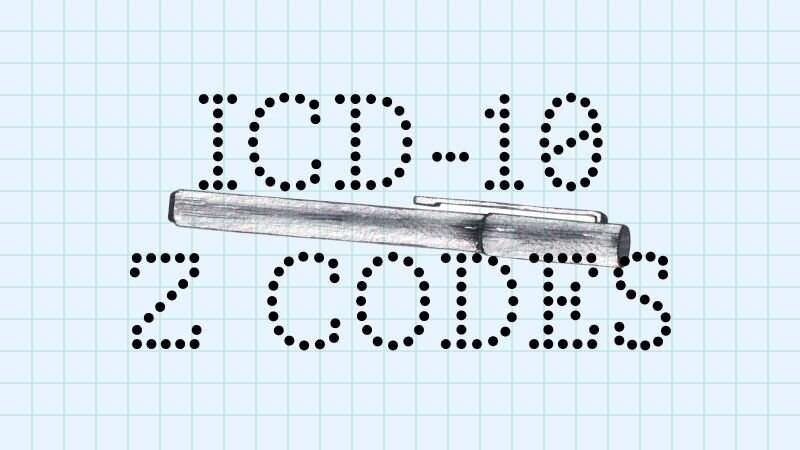
Z codes are an important tool for identifying the social needs of a patient population. Here’s how to leverage them effectively and compliantly.
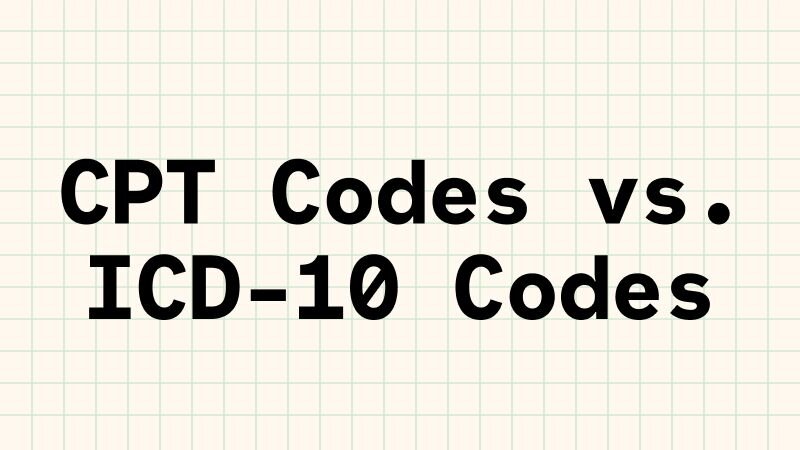
The two most important coding systems in medical billing are CPT codes and ICD-10 codes. Both have their own distinct purpose, and you’ll need to understand each of them if you’re working with insurance.